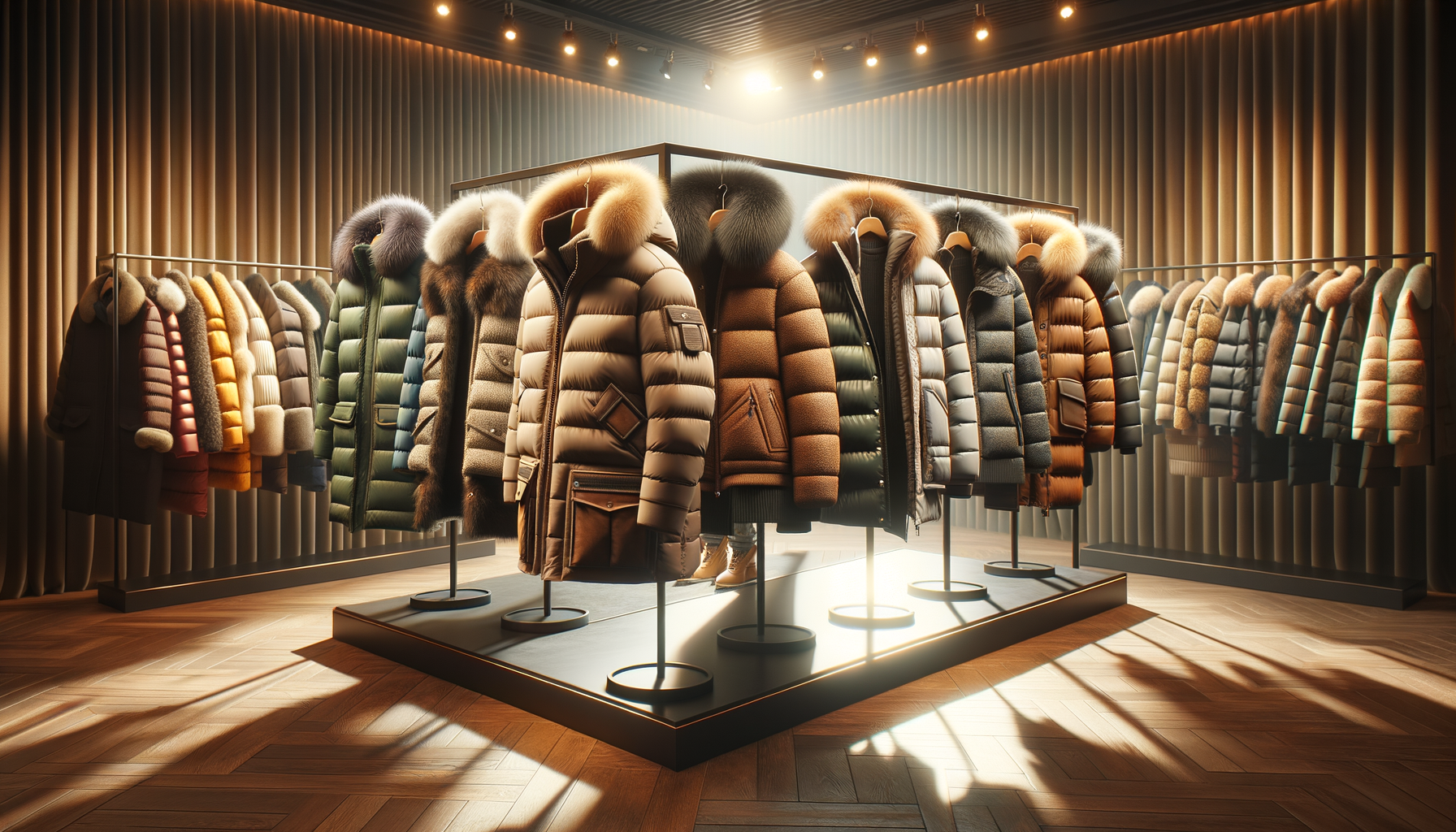Understanding the Importance of Winter Outerwear
Winter outerwear is not just a fashion statement; it is an essential part of surviving the cold months. As temperatures drop, the need for clothing that provides warmth and protection becomes paramount. Winter jackets, in particular, play a vital role in insulating the body against harsh weather conditions. The importance of winter outerwear extends beyond mere comfort. It is about ensuring safety and health during the cold season. Prolonged exposure to cold can lead to hypothermia and frostbite, both of which are serious health concerns. Therefore, investing in a quality winter jacket is not only a matter of style but also a necessity for well-being.
Moreover, winter jackets have evolved to meet the demands of modern lifestyles. They now offer features such as water resistance, windproof capabilities, and breathability, making them suitable for various activities, from hiking in snowy mountains to navigating urban landscapes. The versatility of these garments means they can be worn in different settings, providing both functionality and fashion. The materials used in winter jackets have also advanced significantly, with options like down, synthetic insulation, and wool blends. Each material offers unique benefits, catering to different preferences and needs.
Types of Winter Jackets: Finding the Right Fit
When it comes to winter jackets, there is a wide variety to choose from, each designed to cater to specific needs and preferences. Understanding the different types of winter jackets can help in selecting the right one for your lifestyle and climate. Here are some common types:
- Down Jackets: Known for their exceptional warmth, down jackets are filled with duck or goose feathers, providing excellent insulation. They are lightweight and compressible, making them ideal for travel.
- Synthetic Jackets: These jackets use man-made fibers to mimic the insulating properties of down. They are often more affordable and perform better in wet conditions, as they retain warmth even when damp.
- Wool Coats: A classic choice, wool coats offer a sophisticated look while providing warmth. They are less technical but perfect for urban settings and formal occasions.
- Parka Jackets: Designed for extreme cold, parkas are longer and often come with a fur-lined hood for added protection against the wind and snow.
Choosing the right type of jacket depends on several factors, including climate, personal style, and intended use. For those living in regions with heavy snowfall, a parka or down jacket might be necessary. In contrast, synthetic jackets or wool coats might suffice in milder climates. Understanding the pros and cons of each type can lead to a more informed purchase, ensuring comfort and warmth throughout the winter season.
Key Features to Look for in a Winter Jacket
When selecting a winter jacket, it’s essential to consider various features that contribute to its effectiveness in keeping you warm and comfortable. Here are some key features to look for:
- Insulation: The type of insulation used in a jacket determines its warmth. Down insulation is lightweight and provides excellent heat retention, while synthetic insulation offers better performance in wet conditions.
- Water Resistance: A water-resistant jacket is crucial for staying dry in snowy or rainy weather. Look for jackets with a durable water-repellent (DWR) coating or waterproof membranes.
- Windproofing: Windproof jackets prevent cold air from penetrating the fabric, keeping you warmer in blustery conditions.
- Breathability: Breathable jackets allow moisture to escape, preventing overheating and sweat buildup during physical activities.
- Fit and Comfort: A well-fitting jacket is essential for comfort and mobility. Consider adjustable features like cuffs, hems, and hoods for a customizable fit.
These features can significantly impact the jacket’s performance and your overall experience. It’s important to prioritize the features that align with your specific needs, whether it’s maximum warmth, protection from the elements, or versatility for different activities. By carefully evaluating these aspects, you can find a winter jacket that not only meets your functional requirements but also complements your personal style.
Styling Tips: How to Wear Your Winter Jacket
Winter jackets are not just about functionality; they are also a key component of your winter wardrobe. Styling your winter jacket can elevate your overall look while keeping you warm. Here are some tips to help you make the most of your winter outerwear:
- Layering: Layering is essential for both warmth and style. Pair your winter jacket with cozy sweaters, scarves, and hats to create a fashionable and functional outfit.
- Color Coordination: Choose a winter jacket in a neutral color like black, navy, or gray for versatility. These colors can easily be paired with a variety of outfits, making them a practical choice for everyday wear.
- Accessorize: Accessories like gloves, hats, and scarves not only add warmth but also provide an opportunity to incorporate pops of color and texture into your look.
- Footwear: Complement your winter jacket with appropriate footwear, such as insulated boots or stylish ankle boots, to ensure complete protection from the cold.
By following these styling tips, you can create a cohesive and fashionable winter wardrobe that keeps you warm and stylish throughout the season. Remember, the key to a successful winter look is balancing functionality with personal style, allowing you to embrace the chill with confidence.
Maintaining Your Winter Jacket: Tips for Longevity
Investing in a quality winter jacket is a significant decision, and proper maintenance is crucial to ensure its longevity. Here are some tips to help you care for your winter jacket:
- Read the Care Label: Always follow the manufacturer’s care instructions to avoid damaging the fabric or insulation.
- Regular Cleaning: Clean your jacket regularly to remove dirt and stains. For down jackets, consider using a specialized down detergent to maintain the loft and insulation.
- Storage: Store your jacket in a cool, dry place during the off-season. Avoid compressing it for extended periods, as this can affect the insulation’s effectiveness.
- Repair Damage: Address any rips or tears promptly to prevent further damage. Many outdoor stores offer repair services for technical jackets.
By taking these steps, you can extend the life of your winter jacket and ensure it continues to provide warmth and protection for many seasons to come. Proper maintenance not only preserves the jacket’s functionality but also its appearance, allowing you to enjoy your investment for years.








